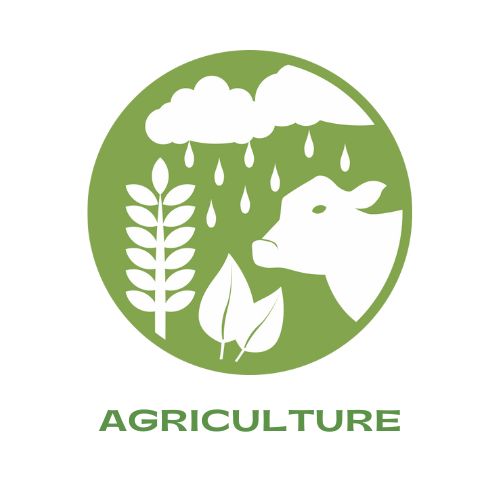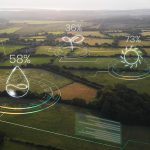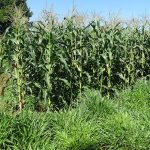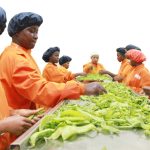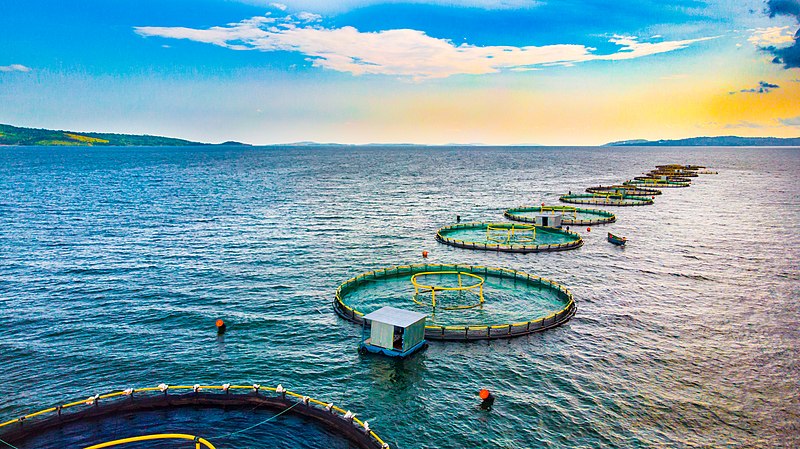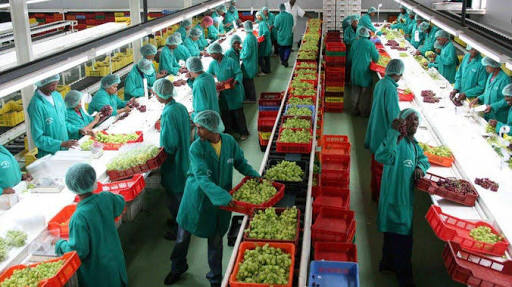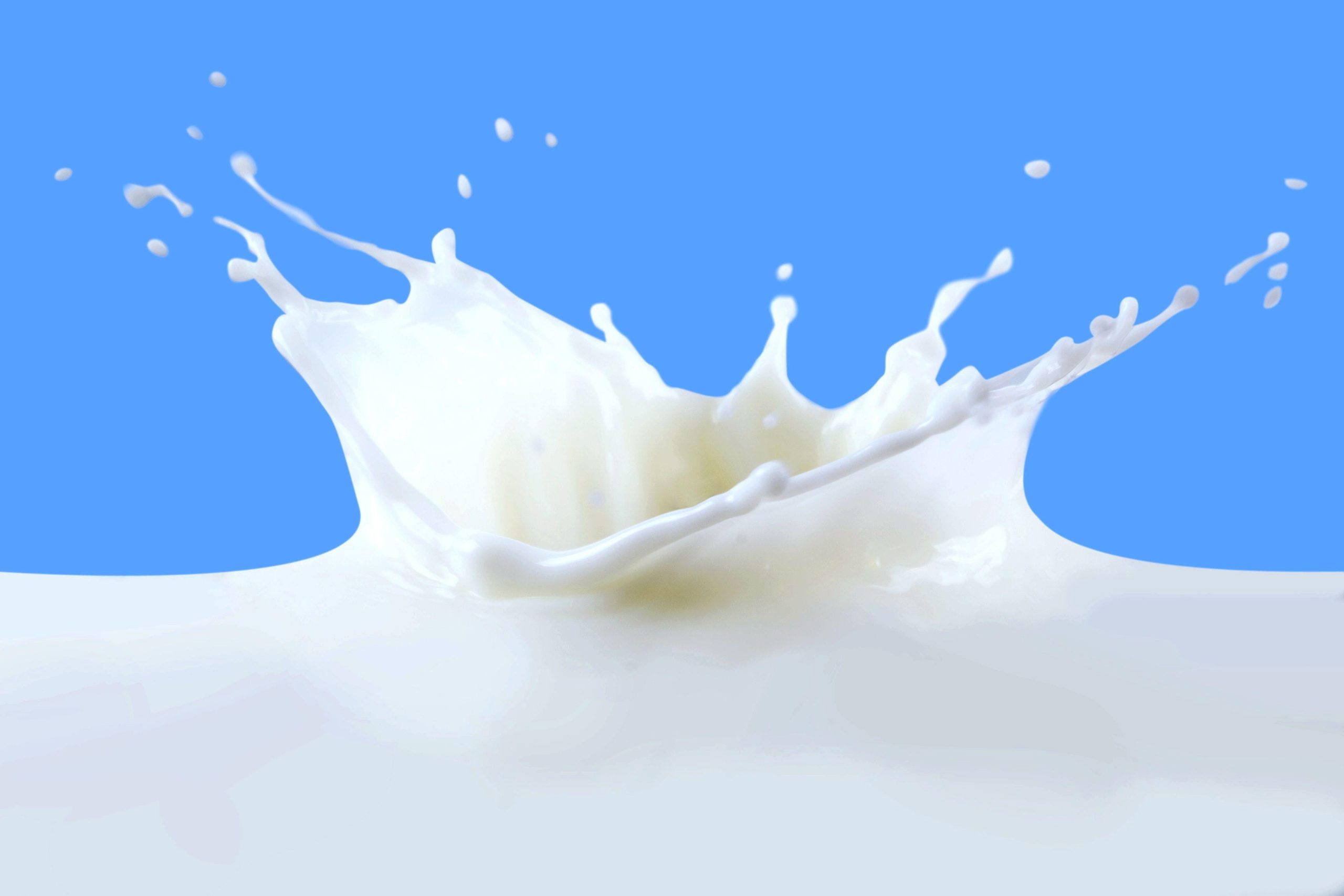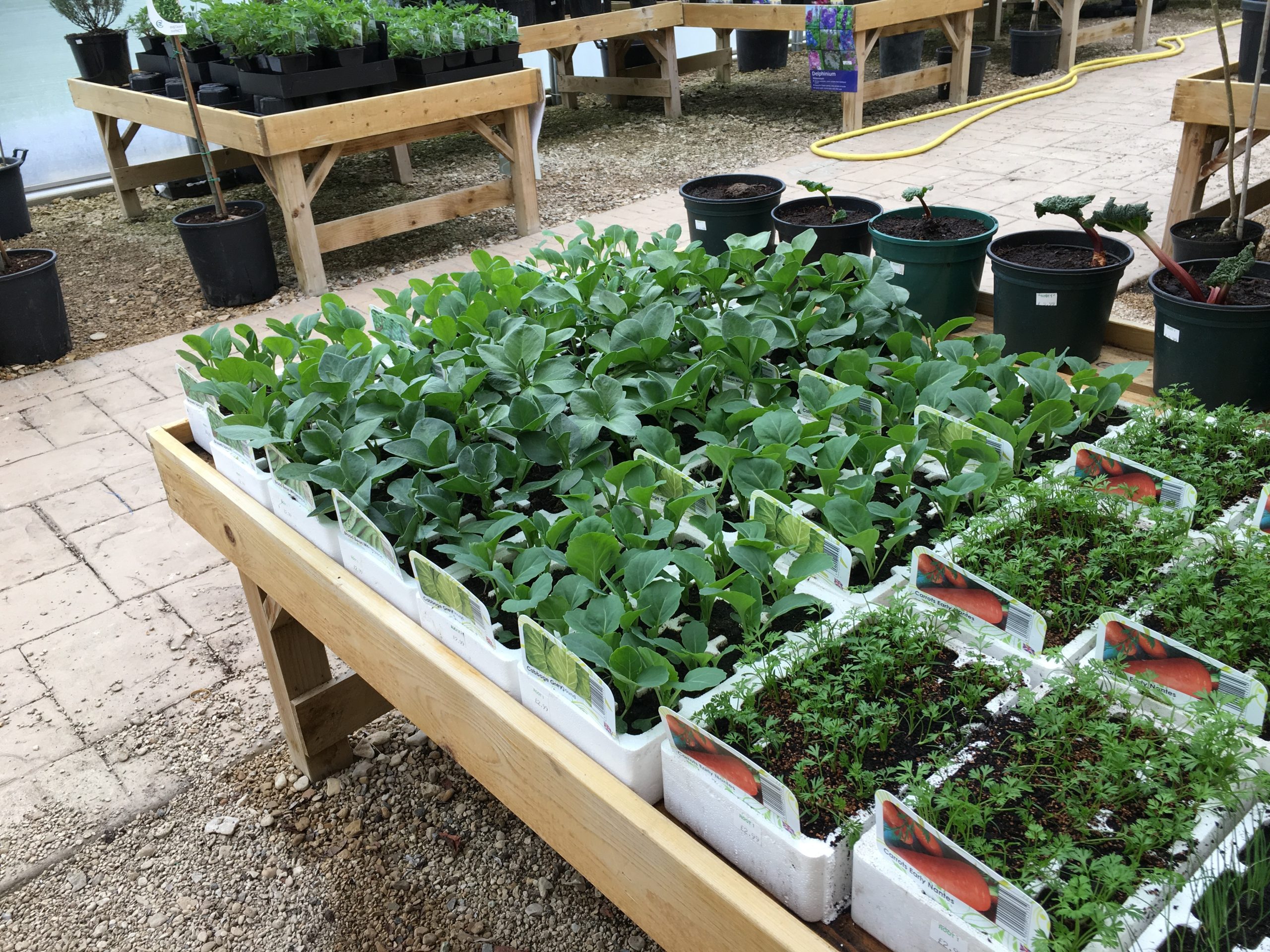Aquaculture, also known as fish farming, refers to the rearing of fish, crustaceans, mollusks and aquatic plants under controlled conditions. Kenya has significant potential to develop commercial aquaculture owing to its expansive aquatic resources and rising fish demand. This blog provides an in-depth overview of the aquaculture market segment in Kenya covering production, players, opportunities, challenges and future outlook.
Overview of Aquaculture in Kenya
Aquaculture production in Kenya stood at 20,000 metric tons in 2021 valued at over KES 15 billion. Key species farmed include Nile tilapia, African catfish, rainbow trout and various carp species. Other outputs are shrimp, oysters and seaweed.
Fish farming began in the 1920s during colonial rule, but remained minimal until the 1980s when the government promoted semi-intensive pond culture to boost food security. Today most production comes from smallholder farmers.
Kenya has over 200,000 fish ponds across the country covering 5,000 ha. Key production areas are in Central, Rift Valley, Western and Coast regions which have ample water resources. Intensive recirculating systems are also emerging.
The government aims to increase aquaculture’s contribution to national fish supply from 5% to 15% by 2030 through commercial investments and promoting fish farming in rural areas to improve incomes and nutrition.
Main Aquaculture Production Systems
Extensive Aquaculture
This involves low intensity farming of fish using natural ponds and water resources like dams and lakes. Fish depend fully on natural food and the stocking density is low at 1-2 fish per m2. Common carp and tilapia are main species.
Semi-Intensive Aquaculture
More inputs and management are applied using ponds, tanks and cages. Supplemental feeding is provided to achieve higher stocking rates of 5-10 fish per m2. This system accounts for over 95% of farmed fish output. African catfish and Nile tilapia dominate.
Intensive Aquaculture
Highly productive systems like concrete tanks and raceways are used for commercial scale production. Stocking density exceeds 20 fish per m2. Fish are fully fed on formulated pellets. Requires higher investment in equipment, feed and energy. Promising for fast-growing species like trout.
Integrated Fish Farming
Combining fish farming with other agricultural activities like livestock and crop production. Fish benefit from livestock manure-based pond fertilization. An example is duck-fish integration. Helps diversify smallholder farmer income.
Status of Key Aquaculture Species
Nile Tilapia
Most farmed fish in Kenya. Hardy, fast growing and tolerates variable water quality. Reaches maturity within 6-8 months. Both small and large-scale producers culture tilapia in ponds, cages and tanks. Has high local demand as affordable protein source.
African Catfish
Fast growing carnivorous species reaching 1 kg in 6-8 months. Farmed in extensive and semi-intensive ponds and cages. Offers diversification from tilapia. Suffers from low fingerling supply and lacks tilapia’s consumer preference.
Common Carp
Omnivorous fish traditionally grown in fertilized ponds. Slow growth to 1kg in 18 months. Economic returns are lower than tilapia. But thrives in cooler climates like central highlands. Provides source of low-cost fish protein.
Rainbow Trout
Introduced cold water species grown in raceways with temperature control. Most production is intensive for hotels and export. Main challenges are high operating costs and lack of local breeding. Kenya imports trout ova.
Ornamental Fish
Farmed in small ponds for domestic aquarium trade. Commercial production is still minimal. Main species are goldfish, koi carp and tropical fish. Offers diversification opportunity for small-scale farmers.
Aquaculture Value Chain and Key Players
Input Suppliers
Providers of fish fingerlings, feeds, chemicals, equipment and gear. Dominated by large feed mills like Unga Farm Care. Fingerling supply is inadequate with most sourced from government.
Fish Farmers
Over 90% are smallholders with 2-5 ponds averaging 200 m2. Semi-intensive culture of tilapia and catfish dominates for local sales. Large companies focus on intensive production for urban markets and exports.
Marketing Agents
Facilitate sale of farmed fish. Include cooperatives, private traders, distributors, and hotel/supermarket buyers. Lack of organized marketing channels limits pricing power and earnings for farmers.
Processing Industry
Limited large-scale processing. Mainly micro-enterprises providing chilled, frozen, smoked and dried farmed fish. Weak processing and storage infrastructure results in post-harvest losses.
Support Services
Provision of technical training, pond construction, equipment fabrication, consultancy services. Still a nascent sector with capacity gaps needing government/NGO support.
Government Agencies
Key ones are State Department of Fisheries (SDF), Kenya Marine and Fisheries Research Institute (KMFRI) and county fisheries offices. Mandated with promotion, research and regulation of aquaculture.
Opportunities in Aquaculture
- Rising domestic fish demand exceeding stagnant wild catch
- Growing regional export markets for frozen farmed fish and eggs
- Scope for higher value niche products like trout, crabs and ornamental fish
- Investor interest in commercial aquaculture ventures around major cities
- Advances in affordable pond technologies for improved productivity
- Integrated fish farming models to diversify smallholder income sources
- Expanding aquaculture support services and inputs segment
- Scope for public-private partnerships to develop local fish breeding programs
Challenges Facing the Industry
- Shortage of quality fingerlings constraining production
- Low technological capacity among small-scale farmers
- High costs and erratic supply of quality feeds
- Prevalence of diseases like parasites due to poor management
- Overdependence on wild fingerling and broodstock
- Insufficient technical skills and aquaculture training
- Limited access to credit and financing to upgrade operations
- Underdeveloped cold chain and post-harvest infrastructure
- Weak private sector participation across the value chain
- Need for supportive policies and regulations tailored to local context
Future Outlook
The potential for growth in Kenya’s aquaculture industry remains substantial driven by rising demand and shrinking wild fisheries. Addressing key farming challenges around seed, feed, diseases, technologies, value addition and marketing will be critical to realize this potential.
The government aims to increase farmed fish output to 200,000 metric tons per year by 2030. This will require extensive investments in productive technologies and building technical capacity of farmers. Attracting private sector participation across the value chain will also be pivotal.
If challenges are addressed, aquaculture can provide food and nutrition security, income generation opportunities, and employment for Kenyans while reducing pressure on natural water bodies. Regional trade in fish products also offers export potential. With proper management, Kenya is well placed to join the ranks of leading fish farming nations.

